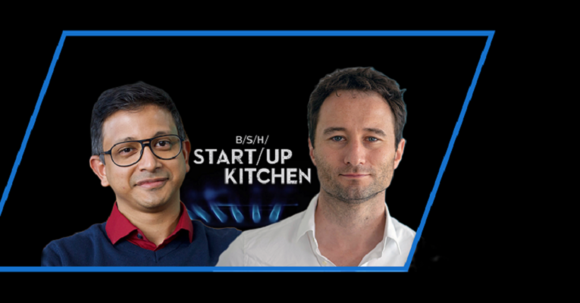Stephanie, how did your voluntary service as a courier for stem cells and bone marrow come about?
A colleague of mine has been involved for some time now and I read about it in our internal employee magazine. The article awoke my interest, so I asked the colleague for the contact information so that I could apply and my application was successful. I think, the work is a great (and at the same time simple) opportunity to help other people. I’m investing a small part of my leisure time and can really make a difference for someone. Of course, it’s a huge responsibility but I’m glad I can make a contribution by doing something I love, which is travelling.
How does a transport usually look like?
Every evening I receive an email with all transports that are currently available. If a transport fits my work schedule, I can notify the agency about my availability. Then, if the job is assigned to me, I get a call with information on the upcoming transport as well as the briefing and debriefing.
In the briefing itself, I receive all the necessary information and documents, like itinerary, authentication for customs and of course the cooling box. With all that in tow, I take a bus, train or plane to the collection center to pick up the product (stem cells or bone marrow). And then the journey starts. During the transport I’m constantly sending text messages, so everyone knows where I am at the moment.
After the handover I usually return back home after a day. The transport is completed with the debriefing, in which I return the cooling box and all the documents are reviewed.
What are the challenges you are confronted with during a transport?
The most complicated part is definitely the handling at the airport. Due to its content the cooling box mustn’t be X-rayed under any circumstances, which makes the security checks a little bit more complex. For that reason, I’m usually accompanied by security personnel, which is why all the documents from the briefing are so important.
Changes in the travel plans due to bad weather or unforeseen shifts at the hospital can also be a complication. Sometimes this means I’m stuck somewhere, or itineraries need to be changed last minute. Luckily this is something the courier company takes care of.
Apart from that I have to keep my eyes on the cooling box at all times. Even if that means taking it with me to the toilet.
How do you combine your voluntary activity with your job at BSH?
That works perfectly. My colleagues are incredibly open and interested. Even though, sometimes people ask me when I’ll be delivering “organs” again, so I suppose the subject could still handle a little bit of publicity. But all in all, each of my colleagues thinks it’s great I’m involved with such an important issue.
They also support me in all the planning of the transports. After some quick coordination with my colleagues and my manager there’s usually no problem with me doing a transport.
Where can one find more information on stem cell and bone marrow transports?
The website of the courier company has all the relevant information, it’s also possible to apply there. I really recommend being a courier: it’s a great way to really make a difference for someone, and all it takes is a little bit of your time.
More information on how to become a donor for stem cells and bone marrow can be found on the website of the DKMS.




